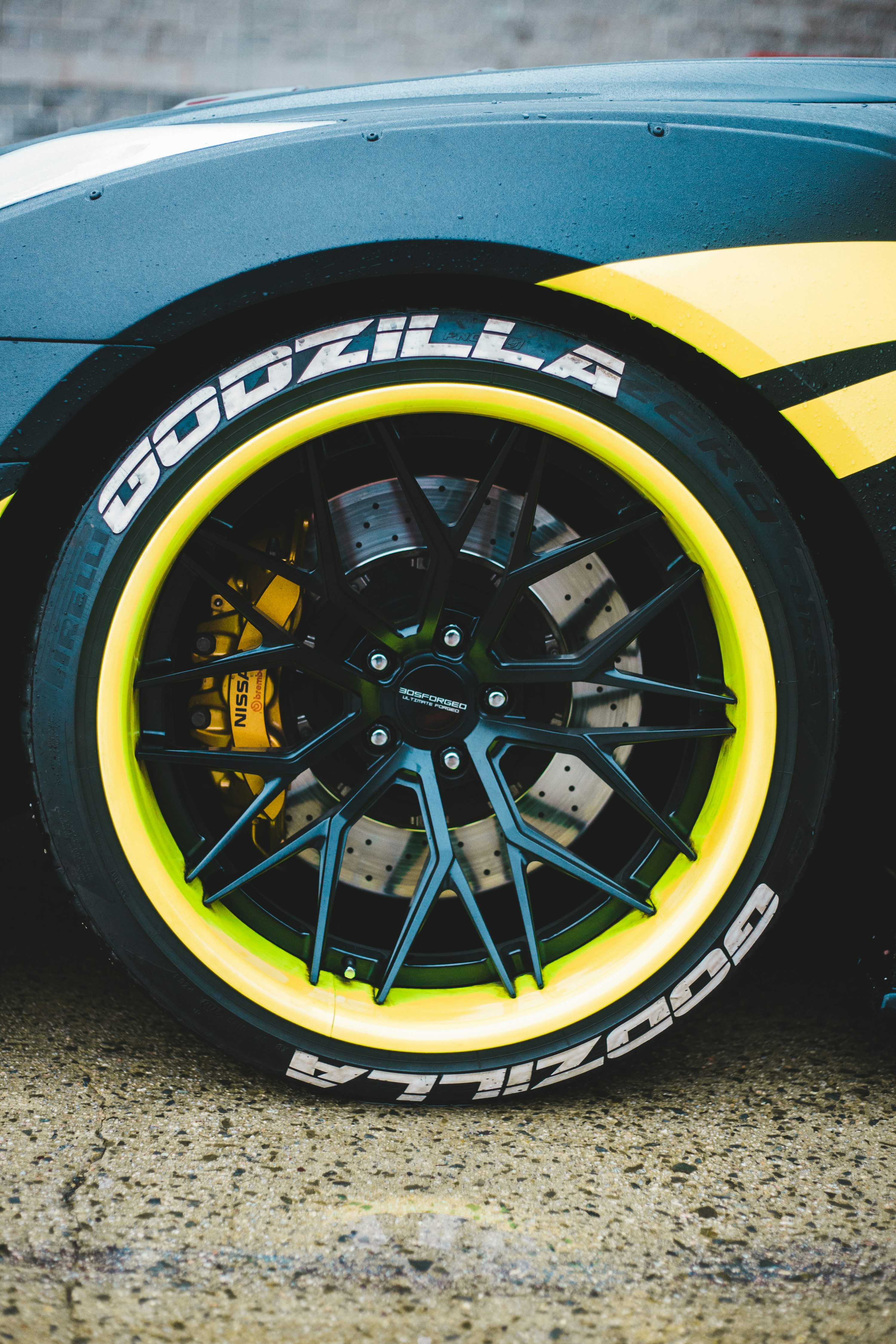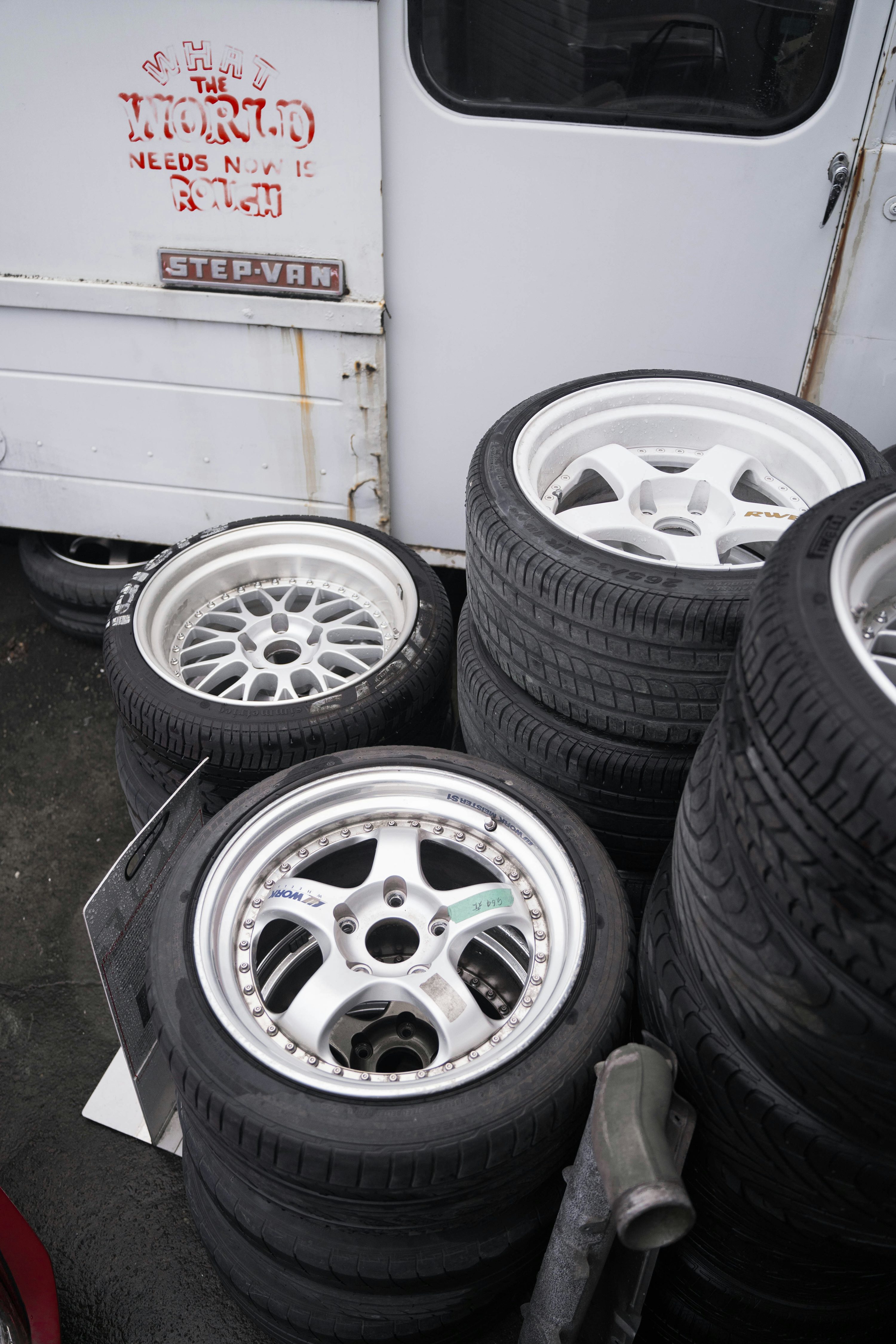Picking the right tires is key for your car's performance and safety. Are you wondering about 235 vs 225 tires? Let's break down which size fits your drive best.
Choosing the correct tire size is more than just matching a number; it deeply impacts your car's handling, how much fuel it uses, and how comfortable your ride is. This guide will help you understand the main differences between 235 and 225 tires so you can make a smart choice for your vehicle.
Key Differences Between 235 and 225 Tires
Let's get into the main ways these two tire sizes are different and what that means for your driving experience.
Width and Contact Patch
235 tires are 10mm wider than 225 tires. Imagine the part of your tire that touches the road. This is called the contact patch. A 235 tire has a measurement of 235 millimeters across this patch. A 225 tire measures 225 millimeters. So, a 235 tire is exactly 10 millimeters wider. This small difference makes a big impact on how your car drives and feels.
Wider 235 tires provide better grip during sharp turns. Because 235 tires have a larger contact patch, they have more rubber on the road. This generally means more grip, especially when you're taking sharp turns or need to stop quickly. This extra grip can make your car feel more stable and responsive, which is a great benefit for performance.
Narrower 225 tires may offer smoother highway driving. On the other hand, 225 tires are a bit narrower. This can sometimes lead to a smoother ride on highways, as they might follow road imperfections less. Some drivers also find them to be more agile in certain driving conditions, which can be useful in city traffic or for parking.
Performance Comparison
Feature | 235 Tires | 225 Tires |
|---|---|---|
Fuel Efficiency | Slightly lower. Wider tires often have more rolling resistance, meaning your engine works harder. | Generally better. Narrower tires usually have less rolling resistance, which can save you fuel money. |
Road Noise | More noticeable. The larger contact patch can create a bit more noise inside your car, especially at speed. | Quieter ride. With less rubber on the road, these tires often produce less road noise, offering a calmer cabin. |
Winter Traction | Better in snow. Wider grooves can help clear snow and slush, providing good traction in light snow. | Good for dry roads. They perform very well on dry or slightly wet roads and are often preferred for daily use. |
Choosing the best tire size for your vehicle isn't just about what looks good. It's about safety, performance, and understanding your car's needs.
Check Your Vehicle's Manual
Before you buy any new tires, the first and most important step is to always look at your car's owner's manual. Your car manufacturer knows best what tires are safe and effective for your specific vehicle. They will tell you about:
Maximum tire width: This tells you the biggest tire width that will safely fit your wheels and car's body without rubbing or causing issues.
Compatible wheel sizes: Your manual lists the specific wheel sizes that work with your car and the recommended tire dimensions.
Speed rating requirements: The 'speed rating' of a tire tells you the maximum safe speed it can handle. Your car needs tires with a certain speed rating for safety and to match its original design.
Consider Your Driving Habits
Your daily driving style and where you drive play a big role in choosing the right tire size. Think about how you typically use your car:
City commuters:225 tires for fuel savings. If you mainly drive in the city, making short trips, 225 tires might be a smart choice. Their better fuel efficiency can save you money at the pump, especially with city stop-and-go traffic. They are great for daily commutes.
Mountain drivers:235 tires for better grip. If you drive on winding roads, in mountainous areas, or frequently deal with challenging curves, the extra grip from 235 tires can be very helpful. They offer more stability and confidence when pushing your car a bit harder or dealing with tricky roads.
Sports car owners:Check performance requirements. For sports car owners, performance is usually key. While 235 tires generally offer more grip, always check what your sports car's manufacturer recommends. Some sports cars are designed for very specific tire sizes to maximize their performance capabilities and handling characteristics.
Cost and Maintenance Factors
Understanding the financial side and how to care for your tires is just as important as choosing the right size.
235 tires may cost 5-10% more than 225 tires. Generally, bigger tires cost more to make and, therefore, more to buy. So, expect to pay a bit more for 235 tires compared to 225 tires. This difference can be around 5% to 10% per tire. For instance, if a 225 tire costs 350 AED/SAR, a 235 tire might be closer to 365-385 AED/SAR. Over four tires, this can add up.
Wider tires wear faster on rough roads. While tire wear depends on many things, wider tires can sometimes show more wear, especially on very rough or poorly maintained roads. This is because they have a larger area hitting road imperfections. However, good driving habits and proper inflation minimize this effect. Both 235 and 225 tires need care.
Rotation patterns affect longevity equally. No matter if you choose 235 or 225 tires, regular tire rotation is super important. Rotating your tires evenly distributes wear across all four tires, helping them last longer. Stick to your car's suggested rotation schedule for the best tire lifespan and to get the most value from your purchase.
Frequently Asked Questions (FAQ)
Q:Can I mix 235 and 225 tires on my car?
A:Absolutely not. Mixing different tire sizes on the same car is very dangerous. It can seriously affect your car's handling, braking, and stability. Most car systems, especially modern anti-lock brakes (ABS) and stability control systems, expect all four tires to be the same size. Always use four matching tires for your safety and your car's proper function.
Q:Which works better for winter driving?
A:For most regular winter conditions and light snow, 235 tires can sometimes offer a slight advantage due to their wider contact patch and ability to clear snow. However, this is not a hard rule. The most important factor for winter driving is the specific tire's winter rating and tread design. For heavy snow or icy conditions, dedicated winter tires (snow tires) are always recommended, regardless of their width. Always check the specific 'M+S' (Mud and Snow) or '3PMSF' (Three-Peak Mountain Snowflake) symbol on the tire for real winter performance.
Q:How much does tire width affect fuel costs?
A:You might notice a small difference. Generally, 225 tires can improve your fuel efficiency by about 1% to 3% compared to 235 tires. This is because narrower tires have less rolling resistance. However, the exact saving also depends on your driving style, road conditions, and how well you maintain your tire pressure. Over many kilometers, these small savings can add up, making 225 tires a more economical choice for daily drivers.
Q:Do wider tires last shorter?
A:Not necessarily. While wider tires can sometimes experience slightly more wear due to increased road contact, their lifespan depends much more on other factors. These include proper tire pressure, regular tire rotation, wheel alignment, and your driving habits. If you drive carefully and maintain your tires well, both 235 and 225 tires can last a long time.
Q:Is professional installation required?
A:Yes, definitely. You should always have new tires installed by a trained professional at a reputable tire shop. Installing tires involves specialized equipment for safe mounting, balancing, and proper alignment. Incorrect installation can lead to rapid tire wear, poor handling, dangerous situations on the road, and can even void your tire warranty. Don't try to do this yourself; trust the experts.
Read More:
How Much is the Jetour T2 in China? Your Complete Buying Guide
How Much Is a 2025 Volkswagen Tiguan? Your Gulf Region Pricing Guide













